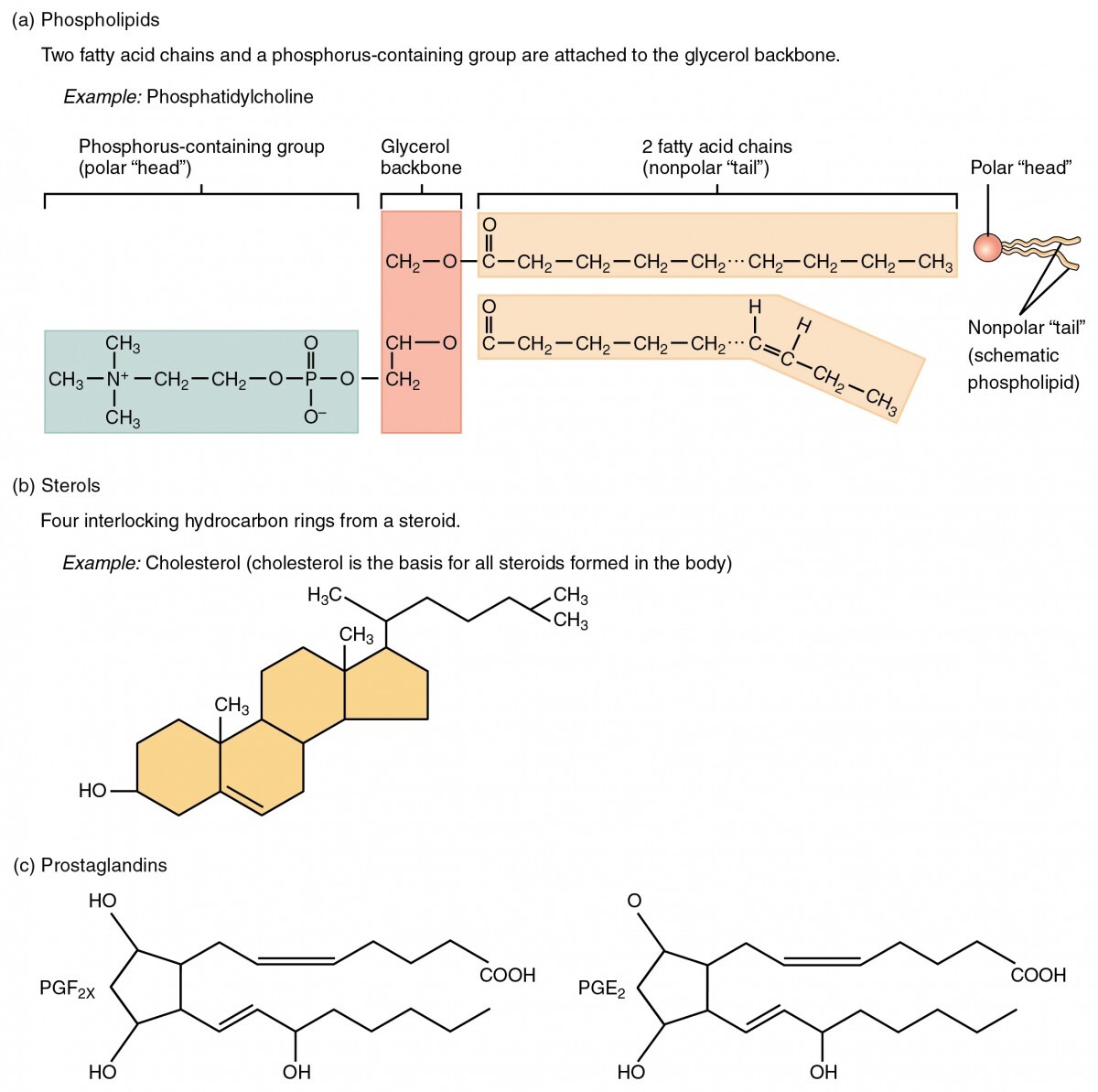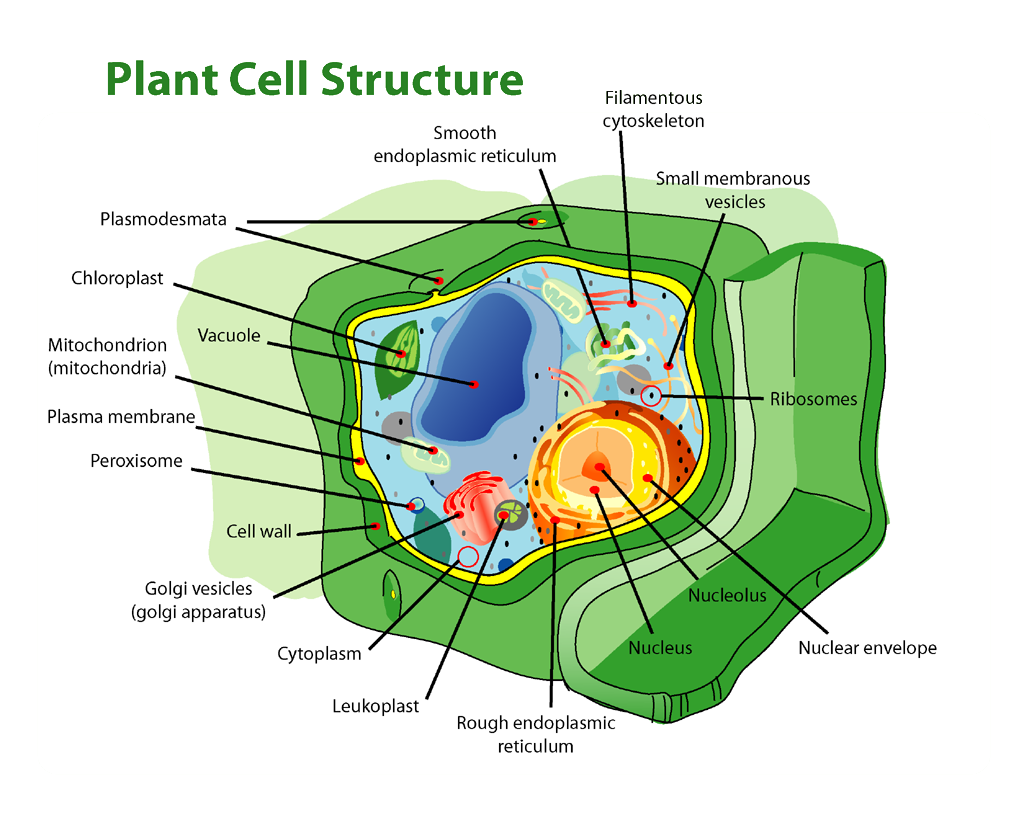Unlocking the transformative power of mindfulness doesn’t require hours of dedicated practice. This comprehensive guide reveals how to structure a 20-minute meditation session, maximizing its benefits in a concise timeframe. Learn practical techniques for setting intentions, focusing your attention, and integrating body awareness and emotional regulation, all within a structured approach.
From the initial steps of setting a dedicated space and establishing mindfulness to navigating distractions and transitioning out of the meditative state, this guide provides a roadmap for building a consistent and effective meditation practice. Discover the key elements of a well-structured session and discover how to adapt techniques to suit your individual needs.
Introduction to 20-minute Meditation Sessions

A 20-minute meditation session is a structured practice designed to cultivate mindfulness and promote mental well-being within a specific timeframe. It is a powerful tool for stress reduction, improving focus, and fostering a sense of calm and inner peace. This structured approach allows for consistent practice without requiring extensive time commitments.Structured 20-minute sessions offer a focused opportunity to experience the benefits of meditation.
By dedicating this specific timeframe, practitioners can cultivate a consistent meditation habit, which leads to gradual improvements in mental clarity, emotional regulation, and overall well-being. This approach is particularly beneficial for individuals seeking a manageable entry point into the world of mindfulness.
Types of Meditation Suitable for 20 Minutes
Various meditation techniques are suitable for a 20-minute session. Different styles cater to different needs and preferences. These approaches offer a spectrum of benefits and can be tailored to individual goals.
- Mindfulness Meditation: This involves focusing on the present moment, observing thoughts and feelings without judgment. It cultivates awareness and helps to detach from distracting thoughts.
- Loving-Kindness Meditation: This technique involves cultivating feelings of love, compassion, and kindness towards oneself and others. It fosters a sense of interconnectedness and empathy.
- Body Scan Meditation: This practice involves systematically bringing awareness to different parts of the body, noticing sensations without judgment. It promotes relaxation and body awareness.
- Walking Meditation: This form of meditation involves paying attention to the physical sensations of walking, such as the movement of the feet and the feeling of the ground beneath. It enhances present moment awareness and cultivates mindful movement.
Importance of a Dedicated Space for Meditation
A dedicated space is crucial for creating a conducive environment for meditation. This space should be quiet, free from distractions, and comfortable. Creating a designated meditation area sets a clear intention and reinforces the practice. This helps establish a mental association between the space and the act of meditation, enhancing the experience.
- A quiet space minimizes interruptions, allowing for deeper focus.
- A comfortable posture promotes relaxation and prevents discomfort, enabling a more sustained practice.
- A consistent environment helps establish a mental connection with the practice, making it easier to engage.
Comparison of Meditation Styles and Duration
The following table provides a comparison of different meditation styles and their approximate duration. It highlights the versatility of meditation and how different techniques can be adjusted to fit various time constraints.
| Meditation Style | Approximate Duration (minutes) | Description |
|---|---|---|
| Mindfulness Meditation | 15-30 | Focuses on present moment awareness, observing thoughts and feelings without judgment. |
| Loving-Kindness Meditation | 15-30 | Cultivates feelings of love, compassion, and kindness towards oneself and others. |
| Body Scan Meditation | 15-25 | Systematic awareness of bodily sensations, promoting relaxation and body awareness. |
| Walking Meditation | 15-20 | Mindful awareness during walking, enhancing present moment awareness and mindful movement. |
Setting Intentions and Mindfulness

Establishing a clear intention and cultivating mindfulness are foundational aspects of a productive 20-minute meditation session. A well-defined intention provides direction and focus, while mindfulness fosters awareness and presence in the moment. This section details methods for setting intentions, developing mindfulness, choosing appropriate postures, and grounding yourself before commencing your meditation practice.Setting intentions and cultivating mindfulness in a structured manner enhances the overall experience and promotes a deeper connection with your inner self.
This process will guide you to create a space for introspection and self-discovery within your daily routine.
Setting Intentions
A well-defined intention provides a clear focus for your meditation session. It helps you direct your energy and awareness towards a specific goal, whether it’s reducing stress, enhancing focus, or cultivating compassion. By articulating your intention, you create a framework for your practice and establish a clear direction for your mental journey.
- Begin by reflecting on your current state. Identify any feelings, thoughts, or physical sensations you’d like to address during the session. This initial reflection acts as a springboard for your intention.
- Articulate your intention in a concise and positive manner. Use empowering language to describe the desired outcome. For instance, instead of “reduce stress,” try “cultivate calmness and clarity.” This positive phrasing sets a more constructive tone.
- Visualize the outcome of your intention. Mentally picture the positive effects of your meditation practice. This visualization helps solidify your commitment and reinforces the desired results.
Establishing Mindfulness
Mindfulness is the ability to observe thoughts, feelings, and sensations without judgment. It involves paying attention to the present moment without getting carried away by the past or future. Developing mindfulness is crucial for a deeper meditative experience.
- Focus on your breath. Observe the sensation of the air entering and leaving your body. This simple act anchors you in the present moment.
- Notice your thoughts and feelings without engaging with them. Allow them to arise and pass without judgment. Imagine them as clouds drifting across the sky.
- Be aware of your physical sensations. Notice any tension or discomfort in your body and gently acknowledge it without getting lost in it.
Choosing Meditation Postures
Selecting an appropriate posture is essential for maintaining comfort and focus during your 20-minute session. A comfortable posture facilitates a deeper meditative experience.
- The seated position is a common and effective posture. Find a chair or cushion that supports your spine. Ensure your back is straight but not rigid.
- Lying down is another option, but be mindful of potential drowsiness. Ensure the surface is supportive and comfortable.
- Consider other postures like standing or walking meditation, depending on your preference and physical condition. These postures can offer unique benefits.
Grounding Yourself
Grounding yourself before starting a meditation session creates a sense of stability and connection to the present moment. This step helps you transition from the external world to the internal space of meditation.
- Take a few deep breaths. Focus on the sensation of the air filling and emptying your lungs.
- Scan your body for any tension or discomfort. Release any tightness through gentle movements or stretches.
- Center yourself by acknowledging your surroundings. Take note of the sounds, smells, and sensations around you. This helps you become fully present.
Methods of Setting Intentions
| Method | Description | Example |
|---|---|---|
| Affirmation | Focusing on positive statements about desired outcomes. | “I am calm and focused.” |
| Visualization | Mentally picturing the desired outcome. | Visualizing a peaceful, serene environment. |
| Scripting | Writing down your intention in detail. | “I intend to cultivate a sense of inner peace by focusing on my breath.” |
Techniques for a Focused 20-Minute Session
Cultivating focus during a 20-minute meditation session requires specific techniques. A structured approach, combined with awareness of potential distractions, significantly enhances the effectiveness of the practice. This section explores various methods for maintaining concentration and achieving a deeper meditative state within this timeframe.Effective meditation relies on consistent practice and the ability to manage distractions. By employing specific techniques and breathing exercises, individuals can cultivate a more focused and fulfilling meditation experience.
Guided meditations, particularly for beginners, offer a supportive framework to navigate the practice.
Focusing Attention Techniques
Maintaining focus during meditation is crucial. Several techniques can aid in this process. One effective method involves anchoring attention on a specific object, such as the breath, a mantra, or a visual image. This anchors the mind, preventing it from wandering. Another approach is to acknowledge wandering thoughts without judgment, gently redirecting attention back to the chosen focus.
Consistent practice strengthens the ability to sustain focus.
Breathing Exercises
Breathing exercises are fundamental to meditation, influencing both physical and mental states. These exercises, suitable for a 20-minute session, include:
- Diaphragmatic Breathing: This technique involves focusing on the natural rise and fall of the diaphragm during inhalation and exhalation. Slow, deep breaths promote relaxation and calm the nervous system. Regular practice can lead to improved respiratory efficiency and a sense of groundedness.
- Alternate Nostril Breathing (Nadi Shodhana): This ancient technique involves inhaling through one nostril and exhaling through the other. It fosters a sense of balance and promotes clarity of mind. By regulating the flow of breath, practitioners can achieve a more profound meditative state.
- Counting Breaths: A simple technique involves counting each inhale and exhale, focusing on the sensation of the breath. Counting breaths can help anchor the mind and maintain concentration, particularly helpful for beginners.
Guided Meditation Techniques for Beginners
Guided meditations offer a structured framework for beginners, providing clear instructions and support. These techniques use verbal cues to guide the meditator’s attention, reducing the mental effort required to focus. They can be particularly helpful in learning to manage distractions and develop a deeper connection with the present moment.
Handling Distractions
Distractions are inevitable during meditation, but they can be managed. A key strategy is to acknowledge the distraction without judgment. Recognizing that thoughts arise is crucial; gently redirecting attention back to the chosen focus (e.g., breath) is a vital aspect of the practice. Regular practice enhances the ability to detach from distractions and maintain focus.
Breathing Exercise Table
| Breathing Exercise | Description | Benefits |
|---|---|---|
| Diaphragmatic Breathing | Focusing on the rise and fall of the diaphragm. | Promotes relaxation, calms the nervous system, and improves respiratory efficiency. |
| Alternate Nostril Breathing (Nadi Shodhana) | Inhaling through one nostril and exhaling through the other. | Fosters balance, promotes clarity of mind, and deepens the meditative state. |
| Counting Breaths | Counting each inhale and exhale. | Anchors the mind, maintains concentration, and is beneficial for beginners. |
Integrating Body Awareness

Incorporating body awareness into your 20-minute meditation session enhances your connection with the present moment. By focusing on physical sensations, you cultivate a deeper understanding of your internal state and learn to observe without judgment. This heightened self-awareness can be invaluable in managing stress and promoting overall well-being.
Methods for Incorporating Body Scans
Body scans are a powerful technique for cultivating body awareness. They involve systematically bringing your attention to different parts of your body, noticing any sensations without reacting to them. This mindful observation helps to create a bridge between the physical and mental realms.
Recognizing Physical Sensations
Precisely identifying physical sensations is crucial for effective body awareness. This involves paying attention to details like temperature, pressure, tingling, or pain. It’s important to observe these sensations without labeling them as good or bad. Simply acknowledge their presence and allow them to be part of the experience. Don’t try to change or control them.
Importance of Integrating Body Awareness
Integrating body awareness into your meditation practice fosters a deeper connection with yourself. It cultivates present-moment awareness, allowing you to observe your internal state without judgment. This practice can reduce stress, promote relaxation, and enhance your overall well-being. Body awareness is not just a meditation technique, it’s a path to self-discovery.
Acknowledging Sensations Without Judgment
A key aspect of body awareness is to observe sensations without judgment. This involves accepting physical feelings as they arise without attempting to alter or suppress them. Simply acknowledge the presence of the sensation and return your attention to your breath or the present moment. This non-judgmental observation cultivates acceptance and reduces reactivity.
Body Scan Techniques and Duration
| Technique | Description | Estimated Duration (minutes) |
|---|---|---|
| Head Scan | Focus on the sensations in your head, including your scalp, forehead, temples, and the back of your head. Note any tension, pressure, or relaxation. | 2-3 |
| Neck and Shoulder Scan | Bring attention to the muscles in your neck and shoulders, noticing any tightness or release. Pay attention to the connection between these areas and your breath. | 3-4 |
| Arm and Hand Scan | Explore the sensations in your arms, forearms, wrists, and hands. Notice any tingling, warmth, or coolness. | 3-4 |
| Torso Scan | Focus on the chest, abdomen, and back. Feel the rise and fall of your breath, and notice any sensations in these areas. | 4-5 |
| Leg and Foot Scan | Bring attention to the sensations in your legs, ankles, feet, and toes. Notice any pressure, tension, or relaxation. | 4-5 |
| Full Body Scan | Combine all the above techniques, systematically moving through your entire body. | 8-10 |
Cultivating Emotional Regulation
Emotional regulation is a crucial aspect of well-being, and meditation provides a powerful framework for developing this skill. By cultivating awareness of our emotional landscape, we can learn to navigate challenging feelings with greater ease and composure. This process involves recognizing the triggers and patterns of our emotional responses, and developing strategies for managing them effectively. Through consistent practice, meditation can foster emotional stability, empowering us to respond to difficult situations with resilience and clarity.
Techniques for Recognizing Emotions
Understanding our emotional responses is the first step towards managing them. Meditation offers techniques to cultivate a deeper awareness of emotions as they arise. This involves paying attention to subtle physical sensations, thoughts, and feelings without judgment. Practicing non-judgmental observation allows us to identify patterns and triggers that contribute to emotional reactivity. For instance, noticing a tightening in the chest or a racing heart rate during a challenging conversation can help us understand our emotional response before it escalates.
Recognizing the initial signals can be a critical step in managing our reactions.
Managing Difficult Emotions
Once we recognize emotions, developing strategies to manage them becomes paramount. A structured approach is vital. This includes identifying the specific emotion, understanding its intensity, and acknowledging its presence without resistance. A key aspect of this process is learning to differentiate between thoughts and feelings. Thoughts are often judgments or interpretations of our feelings, and separating them helps us respond more effectively.
For example, recognizing fear as a feeling, rather than as a label like “I’m going to fail,” can lessen the emotional impact.
Responding to Challenging Emotions
A structured method for responding to challenging emotions during meditation involves a series of steps. First, acknowledge the emotion without judgment. Second, observe the physical sensations associated with the emotion. Third, identify any thoughts or beliefs that accompany the emotion. Fourth, gently redirect attention back to the breath or a chosen focus, allowing the emotion to pass without getting entangled in it.
This technique fosters emotional detachment, enabling us to respond more calmly and rationally to difficult feelings. For instance, if anger arises, acknowledge it, observe the physical sensations, identify the thoughts fueling the anger, and gently redirect your attention to your breath.
Meditation and Emotional Well-being
| Aspect of Meditation | Impact on Emotional Well-being |
|---|---|
| Increased Self-Awareness | Improved emotional recognition, reduced reactivity. |
| Non-Judgmental Observation | Reduced emotional distress, greater acceptance of feelings. |
| Mindfulness of Thoughts | Reduced rumination, decreased emotional entanglement in negative thoughts. |
| Regulation of Body Sensations | Calmer emotional responses, improved coping mechanisms. |
| Focused Attention | Increased resilience to stress, improved emotional stability. |
Post-Meditation Practices
A mindful exit from meditation is as crucial as the entry. Transitioning effectively from a deeply focused state can prevent jarring shifts in mood or energy levels and help integrate the benefits of the session into daily life. This section explores techniques for a smooth exit, solidifying the positive impacts of meditation on your overall well-being.
The Significance of a Mindful Exit
A mindful exit from meditation is vital for a seamless integration of the practice into daily life. It prevents abrupt shifts in mood and energy, allowing for a smoother transition back into daily activities. A hurried departure can leave one feeling disoriented or disconnected from the present moment. Instead, a mindful exit allows the positive effects of the meditative state to subtly influence one’s interactions and perspectives throughout the day.
Practices for Transitioning Out of the Meditative State
Several practices facilitate a smooth transition from deep relaxation to everyday awareness. These techniques help prevent a jarring return to a busy mind, fostering a sense of continuity between meditation and life outside the practice.
- Gentle Movement and Deep Breathing: Gradually shift from a seated position to a more active posture. Incorporate deep, conscious breaths as you return to a more active state. This transition bridges the gap between stillness and movement, helping to integrate the calming aspects of meditation into the flow of daily activities.
- Mindful Awareness: Gradually shift attention from the specific focus of the meditation to the present moment in its entirety. Notice the sensations in your body, the sounds around you, and your surroundings. This gradual return to awareness helps prevent a jarring return to a busy mind.
- Gratitude Reflection: Take a moment to reflect on the benefits of the meditation session. Notice any feelings of peace, clarity, or joy. This reflection reinforces the positive aspects of the meditation and fosters a sense of gratitude, which can carry over into your daily interactions.
Integrating the Meditative Experience into Daily Life
The essence of meditation is not limited to the meditation cushion. The aim is to cultivate mindfulness in all aspects of life. A key strategy for sustaining the benefits is to incorporate mindful awareness into everyday activities.
- Mindful Movement: Practice mindful movement during daily tasks, like walking, eating, or brushing your teeth. Pay attention to the sensations and movements involved. This translates mindfulness from the meditation cushion to the realities of daily living.
- Mindful Interactions: Engage in interactions with others, whether at work, with family, or with friends, with a mindful approach. Listen attentively, respond thoughtfully, and be present in the moment. This cultivates empathy and fosters more positive connections with others.
- Mindful Observation: Practice mindful observation in everyday life. Notice the details around you—the colors of the trees, the texture of a surface, the sounds of the environment. This helps you to appreciate the beauty and richness of your surroundings and maintain a state of presence.
Strategies for Maintaining the Benefits After a Session
The lasting impact of meditation depends on strategies for maintaining its benefits after a session. Regular practice and consistent integration are key to experiencing long-term positive effects.
- Consistency: Schedule regular meditation sessions and adhere to the schedule. Consistency is paramount in establishing the habit and reaping the benefits.
- Journaling: Keep a journal to document your experiences during and after meditation sessions. This allows you to track progress, reflect on insights, and maintain a connection with the practice.
- Self-Reflection: Engage in regular self-reflection. Consider how you can apply the insights gained during meditation to your daily challenges and experiences. This helps in integrating the meditation practice into all aspects of your life.
Post-Meditation Activities and Their Effects
| Activity | Effect ||—|—|| Gentle movement and deep breathing | Smooth transition from meditation to daily life || Mindful awareness | Enhanced presence in daily activities || Gratitude reflection | Fosters positivity and appreciation || Mindful movement | Increased awareness during physical activities || Mindful interactions | Stronger connections and empathy || Mindful observation | Deep appreciation for surroundings || Consistent practice | Sustained positive effects || Journaling | Improved self-awareness and reflection || Self-reflection | Enhanced ability to apply meditation’s insights |
Illustrative Examples and Case Studies

Understanding the practical application of a 20-minute meditation routine is crucial for its successful integration into daily life. These examples and case studies demonstrate how different meditation approaches can be tailored to specific needs and goals within a limited timeframe, highlighting their effectiveness and potential impact. Case studies provide a concrete look at the positive effects of meditation on individuals.Applying different meditation techniques within a 20-minute structure allows for the exploration of various approaches and finding the most suitable method.
These case studies illustrate the practicalities and potential benefits of consistent 20-minute meditation sessions.
Case Study: Sarah’s Journey
Sarah, a 30-year-old marketing professional, experienced chronic stress and anxiety. Initially, she struggled with maintaining focus during her 20-minute meditation sessions. She experimented with various techniques, including body scan meditation and mindful breathing. By focusing on the present moment and accepting her thoughts and feelings without judgment, Sarah gradually improved her ability to concentrate. This consistent practice reduced her stress levels and enhanced her emotional regulation.
Illustrative Examples of 20-Minute Meditation Incorporations
Integrating various elements of meditation into a 20-minute session can be approached in a structured way. A sample session might begin with 5 minutes of mindful breathing, followed by 5 minutes of body scan meditation, focusing on the sensations in each part of her body. The next 5 minutes could be dedicated to loving-kindness meditation, directing feelings of compassion to herself and others.
The final 5 minutes could be a period of reflection and gratitude. Such structured approaches help create a consistent framework.
Comparison of Meditation Approaches
Different meditation approaches offer various benefits within a 20-minute framework. Mindful walking meditation, for example, can be particularly effective for grounding and connecting with the present moment during a busy day. Mindfulness meditation, with its focus on observing thoughts and feelings without judgment, provides a platform for emotional regulation. Transcendental Meditation (TM), characterized by the use of a personally guided mantra, is known to promote deep relaxation and clarity.
Emotional Regulation through Meditation
Meditation techniques significantly support emotional regulation within a 20-minute timeframe. Mindfulness meditation, by training the individual to observe thoughts and feelings without judgment, reduces reactivity to negative emotions. Loving-kindness meditation, which fosters feelings of compassion and empathy, can be particularly beneficial in managing stress and anxiety. Body scan meditation, focusing on bodily sensations, can help identify and address physical tension linked to emotional distress.
Impact of a 20-Minute Daily Practice: A Case Study
A consistent 20-minute daily meditation practice can significantly impact overall well-being. Consider a case study of a 45-year-old teacher, David, who experienced chronic headaches and difficulty sleeping. After incorporating a 20-minute daily mindfulness meditation practice, he reported a noticeable reduction in headaches and improved sleep quality. His increased patience and emotional resilience were also evident in his interactions with colleagues and students.
Structure and Design for a 20-Minute Session Guide

A structured 20-minute meditation session provides a framework for consistent practice and allows for deeper exploration of mindfulness techniques. This structured approach helps maintain focus and ensures a well-rounded experience, regardless of the individual’s prior meditation experience.This section will detail a sample 20-minute meditation session, offering a step-by-step guide, a timetable, a flow chart, and an illustrative example. These tools aim to empower practitioners with a clear understanding of how to design their own meditation sessions, adapting them to their individual needs and preferences.
Sample 20-Minute Meditation Session
This structured session is designed to gradually guide the practitioner through different stages of meditation, enhancing focus and promoting relaxation. The session blends techniques for body awareness, emotional regulation, and mindful breathing.
Step-by-Step Guide to a 20-Minute Meditation Session
A 20-minute meditation session can be structured into distinct stages, each with specific techniques. This systematic approach fosters a more profound and fulfilling experience.
- Preparation (1 minute): Find a comfortable seated position, close your eyes gently, and take a few deep, conscious breaths. This initial step sets the stage for the session, promoting relaxation and establishing a mindful connection with the body.
- Mindful Breathing (5 minutes): Focus your attention on the sensation of your breath entering and leaving your body. Notice the rise and fall of your chest or abdomen. Allow thoughts to arise and pass without judgment. This practice cultivates awareness and anchors you in the present moment.
- Body Scan Meditation (5 minutes): Bring your awareness to different parts of your body, starting from your toes and moving upwards. Notice any sensations, tensions, or relaxations without judgment. This technique promotes body awareness and helps release physical tension.
- Emotional Regulation (5 minutes): Identify any emotions that may arise during the session. Acknowledge them without getting carried away by them. Observe these emotions as fleeting mental events. This step fosters emotional resilience and non-judgmental observation.
- Reflection and Closing (4 minutes): Take a few more deep breaths, bringing your attention back to the present moment. Reflect on the experience of the meditation session. Gently open your eyes when you are ready. This final stage allows for a mindful transition back to daily activities.
Timetable for Stages of the 20-Minute Session
This table provides a clear timeline for each stage of the 20-minute meditation session.
| Stage | Duration (minutes) |
|---|---|
| Preparation | 1 |
| Mindful Breathing | 5 |
| Body Scan Meditation | 5 |
| Emotional Regulation | 5 |
| Reflection and Closing | 4 |
Flow Chart for a Structured 20-Minute Meditation Session
This flow chart visually represents the sequence of stages in the 20-minute meditation session.[Flow chart image description: A simple flow chart would depict the steps as boxes connected by arrows. The boxes would represent each stage (Preparation, Mindful Breathing, Body Scan, Emotional Regulation, Reflection), and the arrows would indicate the sequential order. A clear visual representation is crucial for understanding the structure.]
Example of a 20-Minute Meditation Session
This example Artikels a specific 20-minute session incorporating the techniques described earlier.
The session begins with a few deep breaths (1 minute). Then, focusing on the breath (5 minutes), the practitioner notices the sensation of air entering and leaving their nostrils, the rise and fall of their chest. A body scan (5 minutes) follows, where the practitioner brings awareness to each part of their body, noting sensations. Emotional regulation (5 minutes) involves acknowledging any feelings that surface without judgment.
Finally, a moment of reflection (4 minutes) allows for a mindful return to the present moment.
End of Discussion
This guide provides a comprehensive framework for crafting a meaningful 20-minute meditation session. By integrating techniques for setting intentions, focusing attention, acknowledging physical sensations, and managing emotions, you can cultivate a deeper connection with yourself. The illustrative examples and case studies further demonstrate the practical application of these principles, empowering you to integrate a structured meditation practice into your daily routine.
Ultimately, this guide aims to empower you to experience the profound benefits of meditation, regardless of your experience level.